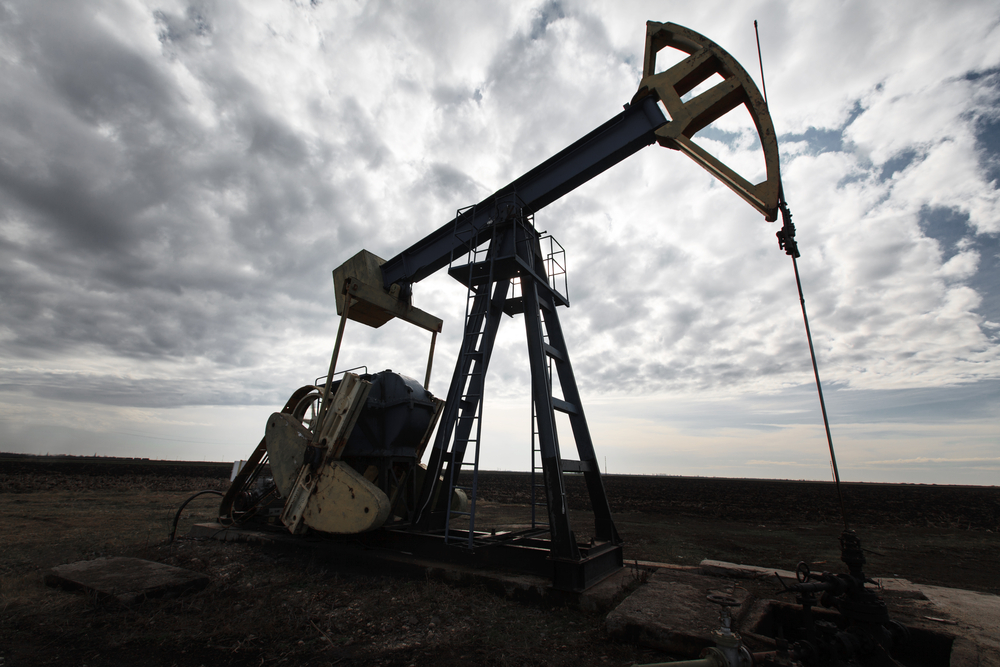Even as anti-fracking protests heat up, the state of fracking in New York is in limbo, and Gov. Andrew Cuomo has been in no rush to decide whether to lift the state’s six-year moratorium on the unconventional method of drilling for natural gas. His excuse is that he’s waiting on more information about its potential health and environmental impacts; the governor’s insisted, ad infinitum, that he wants the science to speak for itself, unbiased by political motivations. But new documents uncovered by Capital New York suggest that, in practice, the Cuomo administration has done just the opposite, interfering with findings about fracking risks when they proved politically inconvenient.
The allegations stem from the comparison of two versions of a report on naturally occuring methane in water wells that the Cuomo administration commissioned from the U.S. Geological Survey back in 2011, when, reportedly, it was considering approving limited fracking activity in the state. Sometime between the released of the final version last December and an early draft, which Capital obtained by a Freedom of Information Act request, the USGS authors’ descriptions of certain health and environmental risks associated with fracking appear to have been downplayed and even edited out completely.
According to Capital, emails between the administration and the USGS, though heavily redacted, suggest Cuomo’s Department of Environmental Conservation played an active role in both editing the report and determining when it would be released. A few examples, from Capital’s report:
In the unredacted part of the emails, a D.E.C. official refers to “alternate text” that he sent. At various points, a U.S. Geological Survey (USGS) spokeswoman thanks a state official for her edits, and reminds the study’s author that they are employed by a “science organization” which is not in the business of advocating particular positions. A later communication suggests delays from the administration side, when the USGS spokeswoman refers to a need to publish the report “in a timely fashion.”
The “unusually extensive feedback” didn’t result in any changes to the actual, numerical findings in the report, Capital stresses. But, it adds, “the changes to the explanation of those findings in the report are plain to see”:
In the early study draft, author Paul Heisig noted that gas “drilling, extraction, transport via pipelines, and underground storage” could inadvertently introduce methane into drinking water supplies.
But the version published after the copy was reviewed and edited by staff members from the state D.E.C. and New York State Energy Research and Development Authority omits the reference to pipelines and underground storage. The later, administration-vetted version also includes a line that wasn’t in the earlier draft, saying that methane pollution risks in fracking are mitigated by well designed gas wells: “This risk can be reduced if the casing and cementing of wells is properly designed and constructed.”
The early and final drafts of the report are available here and here.
In a statement, an administration spokeswoman maintained that their involvement reflected “common and standard practice” in the interest of “having the most current and reliable scientific data to draw upon before decisions are made that may affect New Yorkers.”

